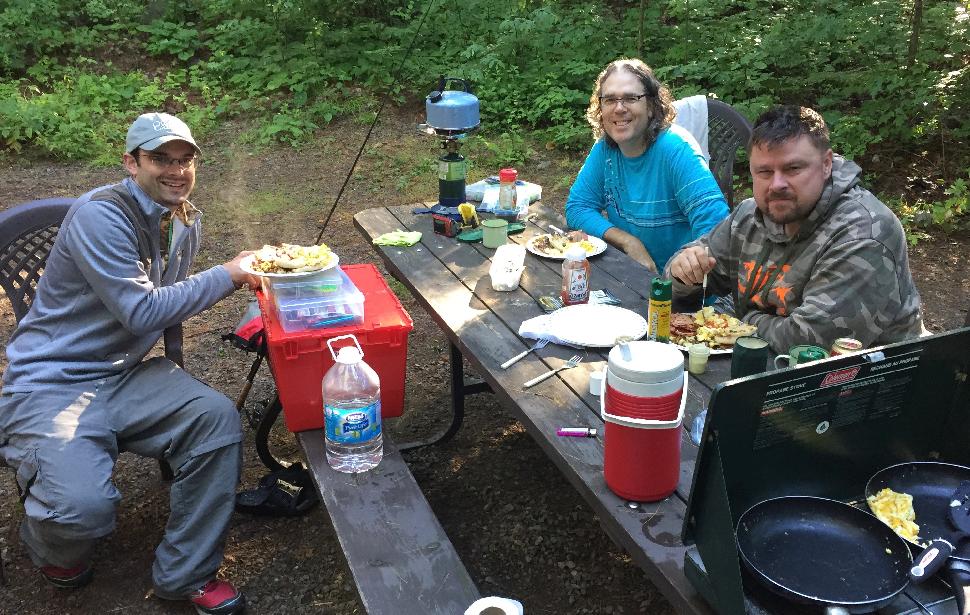LODGE LOGIC
How to find the perfect outfitter for your angling adventure
Advertisement

#2 BUDGET
Deciding how much money you can spend may feel like the point when your dreams come crashing back to earth. But I prefer to swing for the fences, and find a way to make it work—even if that means saving up for a year or two. When making your trip budget, just remember to factor in less obvious costs, such as gas or airfare to get to your camp or jumping-off point, as well as food, licences, tips and, if you’re like me, the new tackle you’ll need (or want).
Generally, the more difficult it is to reach a destination, the better the fishing will be, but the more your trip will cost. While there are exceptions, this fact is especially true for species such as lake and brook trout, northern pike and walleye, which thrive in cold, clean water. The most expensive trips are remote fly-in lodges, which usually include food, lodging and guiding.
Advertisement
To keep costs down, you can shorten your trip or avoid the high season, and still enjoy an outstanding experience. Also try shaving off services you don’t want or can do without. If you’re willing to pack and prepare your own grub (above), for example, you can get dropped off at a fly-in outpost equipped with a cabin, boat and motor. Drive-to resorts, with optional guiding services, are another affordable choice, especially for families.

